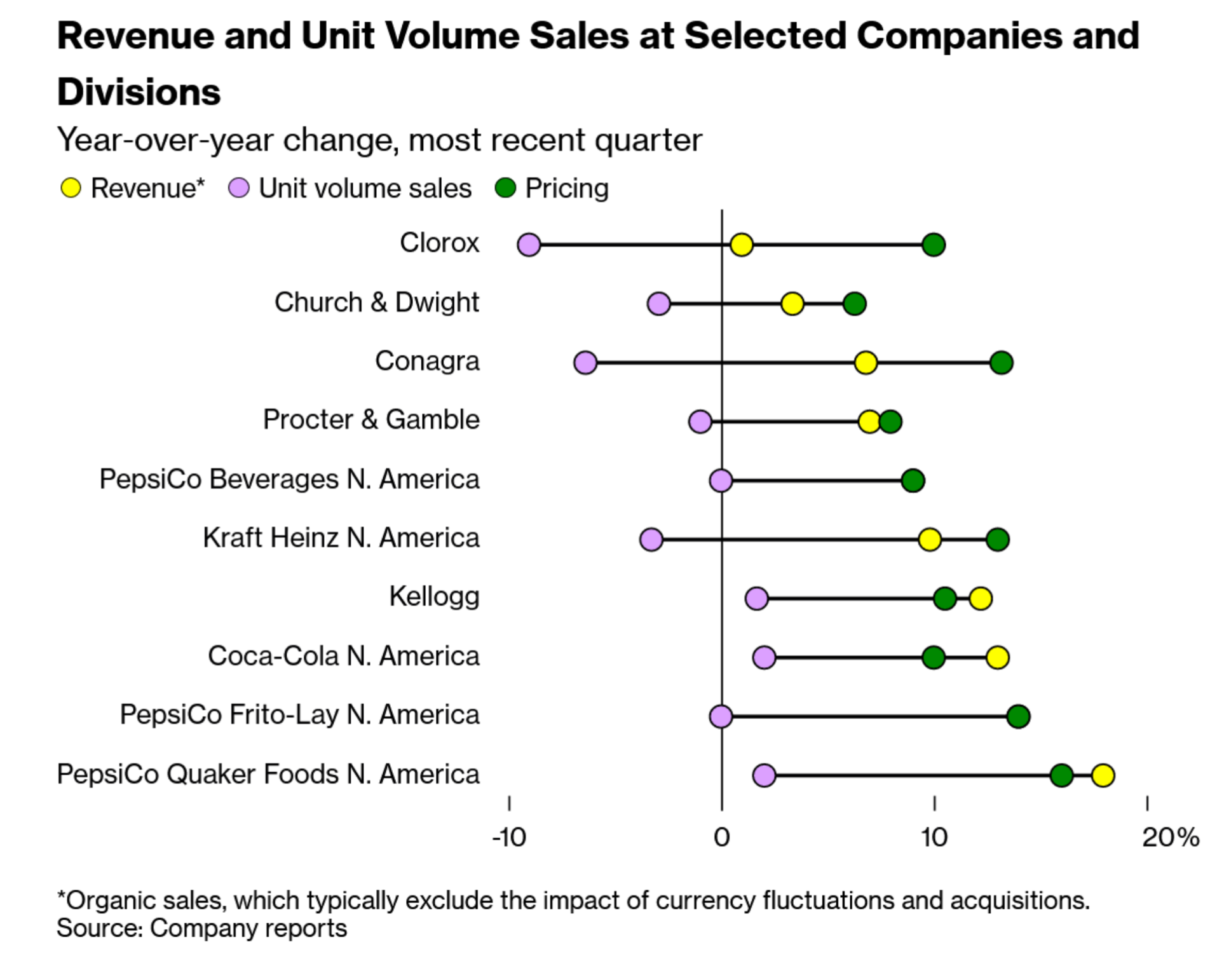The Daily Escape:

Grand Park, Mt. Rainier, WA – August 2022 photo by Edwin Buske Photography
As discussed yesterday, polls are showing that voters are still concerned about inflation. The good news over the past two days is that producer prices (prices at the wholesale level) and consumer prices both fell from June to July.
But these inflation concerns won’t be going away, and the Republicans hope to make the November midterms a “gas and groceries” election, saying Biden is the cause of rising prices. In July’s Consumer Price Index, the price of groceries was a particular pain point, rising 1.3% for the month. Wolfstreet reports that the year-over-year rise in the “food at home” part of the CPI (food bought in stores and at markets) is now at 13.1%, the worst spike since 1979.
Food is a category where inflation hits consumers right in the face on a daily basis. And it hits people on the lower end of the income spectrum much harder because they spend a relatively larger portion of their income on food.
But the fall in gasoline prices over the last couple of months is also meaningful. After peaking in June at $5.03 per gallon, the average national price of gas fell below $4 this week, according to GasBuddy.
The Hill reports that Biden will go on offense against the Republicans’ drumbeat about inflation by traveling the country to tout job creation and the Inflation Reduction Act, once it is passed by the House on Friday. Biden plans to make the point that Congressional Republicans sided with the special interests every step of the way on delivering lower costs for working people.
That won’t hurt Dems chances in November, but will it be enough to offset what’s happening with retail prices? Here’s another striking set of facts from Bloomberg:
“The first sign that this wasn’t going to be a typical corporate earnings season came early on the morning of July 12, when PepsiCo Inc. unveiled an odd set of results. Growth in unit sales, it said, was essentially zero in North America. Revenue rose though, driven by the double-digit price increases Pepsi slapped on its snacks.”
They weren’t the only consumer product company to raise prices as sales fell: The purple dots show how unit sales fell (as much as 10% for Clorox) while prices (green dots) rose in most cases, more than 10%. And revenue (yellow dots) rose for all firms:
This is bad for the economy on many levels: Price-driven sales growth isn’t healthy; and it isn’t good for consumers who have lost purchasing power (and are angry about it). It isn’t good for our overall economy, or for the Federal Reserve that’s trying to bring down inflation.
Many CEOs are willing to raise prices because it’s no longer the taboo it has been for the past two decades, when annual inflation averaged a little more than 2%. Their thinking is that if volumes slip a little as a result of the price hikes, their share prices won’t take a beating. So no worries, just raise prices.
The bet that these consumer products CEOs are making is that once things settle down in the economy, people will come back. Bloomberg quotes Neil Saunders, an analyst at GlobalData Plc, a consulting company:
“If they keep losing share next year, they’ll take more notice. It’s very hard at the moment to tell what’s temporary and what’s permanent.”
Starbucks, Coca-Cola, Kimberly-Clark, and Church & Dwight, the maker of Arm & Hammer baking soda and OxiClean, all reported quarterly numbers that fall into the weak-volumes-and-big-price-hikes category. More from Bloomberg: (emphasis by Wrongo)
“One of the best examples is Conagra Brands Inc., the…Chicago-based food conglomerate, which reported results on July 14. A core measure of its revenue jumped 6.8%, in the three months that ended on May 29, thanks to an increase of 13% in the average price it charged….The amount of goods it sold, though, fell 6.4%.”
We know that inflation is very high, among the highest rates in the past 40 years. It now seems clear that consumer products companies are a prime contributor to these price increases.
We know that unemployment is as low as it’s been in 50 years. The labor market is strong. We know that the growth rate of GDP was really high in 2021, and that it’s slowing in 2022.
What we don’t know is how voters are going to act in November.
